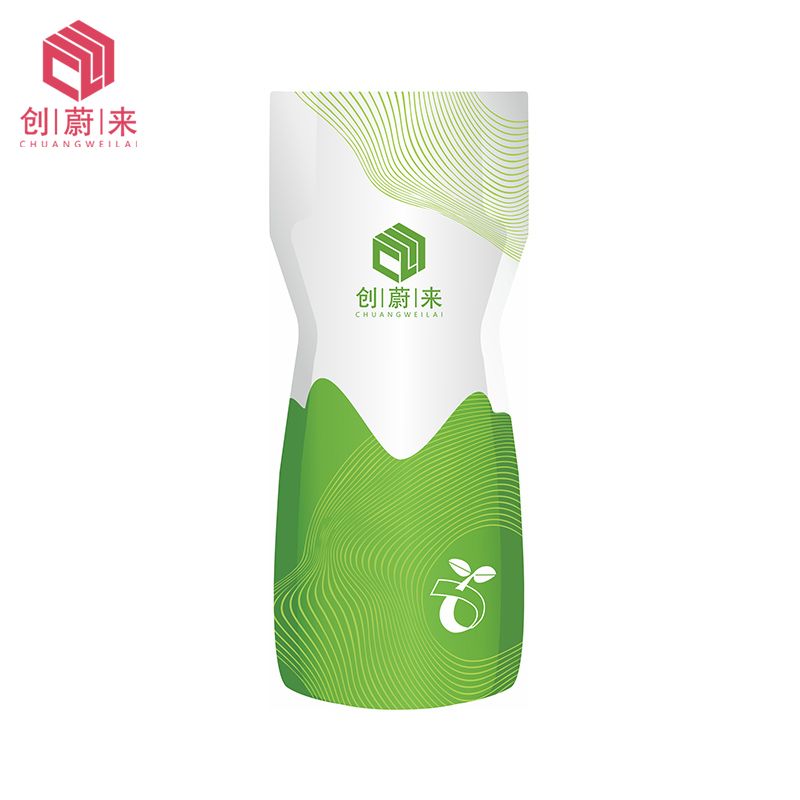Sustainable Packaging Solutions: Promoting Eco-Friendly Practices
In an era where sustainability is at the forefront of consumer concerns, the packaging industry has recognized the need for more eco-friendly solutions. Sustainable packaging aims to reduce waste, conserve resources, and minimize environmental impact throughout the entire product lifecycle. In this article, we will explore the importance of sustainable packaging and highlight some innovative solutions that are paving the way towards a greener future.

1. The Need for Sustainable Packaging
The excessive use of non-biodegradable materials and the improper disposal of packaging waste have led to environmental degradation and pollution. As consumers become more environmentally conscious, there is a growing demand for sustainable packaging solutions that minimize the negative impact on the planet. By adopting sustainable packaging practices, businesses can align themselves with consumer expectations and contribute to a healthier and greener future.
2. Key Elements of Sustainable Packaging
Sustainable packaging encompasses various principles and practices aimed at reducing the environmental footprint of packaging materials and processes. Some key elements include:
Biodegradable Materials: The use of biodegradable materials ensures that packaging can naturally break down and decompose without causing harm to the environment.
Recyclable and Compostable Packaging: Packaging materials that can be easily recycled or composted help reduce waste and conserve resources.
Reduced Packaging and Lightweight Design: Minimizing the amount of packaging used and designing lightweight alternatives reduces material consumption and energy requirements.
Renewable and Alternative Resources: Utilizing renewable resources and exploring alternative materials, such as plant-based plastics, reduces reliance on fossil fuels and non-renewable resources.
3. Biodegradable Materials
Biodegradable packaging materials are designed to degrade naturally over time, minimizing their impact on the environment. These materials include:
Biodegradable Plastics: Compostable and biodegradable plastics are made from renewable resources and can be broken down by microorganisms into organic compounds.
Bio-based Films: Films made from plant-based materials, such as cornstarch or cellulose, offer a sustainable alternative to traditional petroleum-based films.
Molded Pulp Packaging: Made from recycled paper or agricultural waste, molded pulp packaging is compostable, lightweight, and provides excellent protection for various products.
4. Recyclable and Compostable Packaging
Recyclable packaging solutions are vital in reducing waste and conserving resources. These include:
Paper and Cardboard Packaging: Paper and cardboard are highly recyclable and compostable materials. They can be reused or transformed into new products through recycling processes.
Biodegradable Plastic Alternatives: Packaging materials made from bio-based plastics, such as PLA (polylactic acid), can be composted alongside organic waste, reducing the reliance on conventional plastics.
Reusable Packaging: Implementing reusable packaging systems, such as refillable containers or returnable packaging, significantly reduces waste generation.
5. Reduced Packaging and Lightweight Design
Reducing the amount of packaging used and designing lightweight alternatives helps minimize the environmental impact. This includes:
Source Reduction: Streamlining packaging design and eliminating unnecessary layers or components reduces material consumption and waste generation.
Lightweight Materials: Opting for lightweight materials, such as thin films or corrugated cardboard, reduces the overall weight of packaging, resulting in lower transportation costs and energy requirements.
6. Renewable and Alternative Resources
Utilizing renewable resources and exploring alternative materials offers sustainable options for packaging. Some examples include:
Plant-based Plastics: Derived from renewable resources like sugarcane or corn, plant-based plastics are biodegradable and have a lower carbon footprint compared to traditional plastics.
Fungi Packaging: Mycelium-based packaging is created by growing mushrooms in molds, resulting in a lightweight and biodegradable material that can replace petroleum-based foam packaging.
Recycled Materials: Incorporating post-consumer recycled content into packaging helps reduce the demand for virgin materials and minimizes waste sent to landfills.


